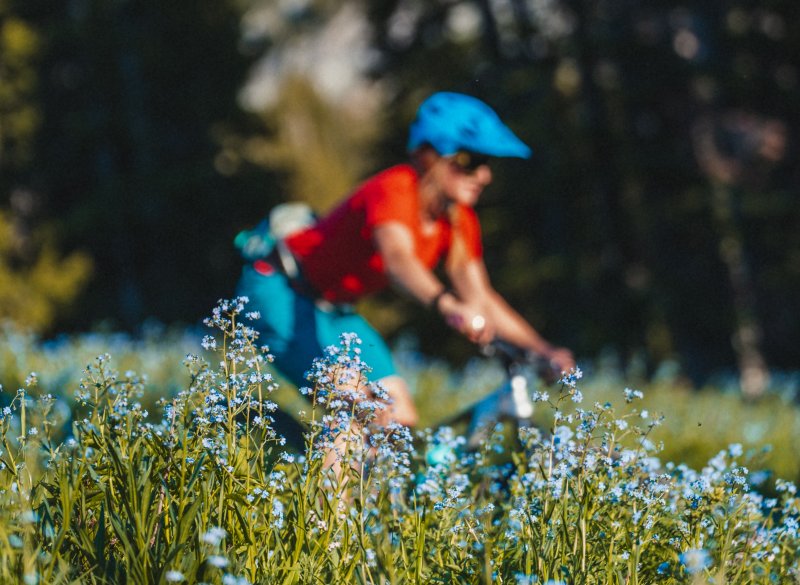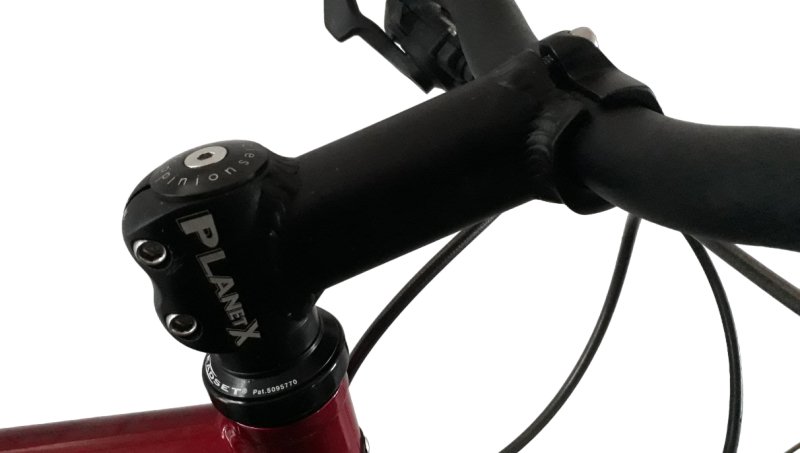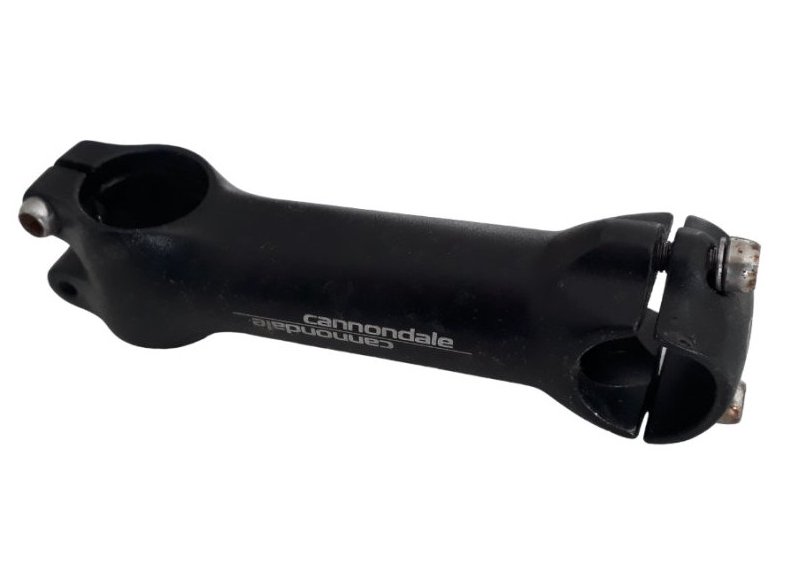
Finding the Right Position on a Mountain Bike: Complete Guide and Practical Tips
If you're an avid mountain biker, you know how the right position on your bike can make the difference between an enjoyable ride and an uncomfortable experience. Proper posture isn't just about comfort, it also affects your performance, endurance and even safety. In this article, we'll explore the key elements to finding the ideal position on your mountain bike.
1. Importance of the Correct Position on a Mountain Bike:
The correct position on a mountain bike isn't just a matter of comfort, it's a necessity for maximizing your riding experience. Proper posture contributes to balanced weight distribution, improves bike handling, and reduces the risk of fatigue and soreness after a prolonged ride.
2. Saddle Adjustment:
Start by adjusting the height of your saddle. A rule of thumb is to have a slight bend in the knee when the pedal is down. This promotes optimal pedaling efficiency and avoids overuse of muscles.
3. Body Position:
Keep your upper body tilted slightly forward while keeping your back straight. Bend your elbows to absorb shock and maintain optimal balance. A position that is too stiff can cause unnecessary tension, while a position that is too relaxed can compromise control.
4. Position of Hands and Arms:
Place your hands on the handlebars in a balanced manner, and use the brakes moderately for optimal control. Adjust the width of the grip according to your comfort and the nature of the terrain.
5. Leg Flexion:
Maintain a slight bend in the knees, especially when descending. This helps absorb terrain shocks and improve traction. Adjust this flexion depending on the type of terrain you are covering.
6. Adaptation to Terrain and Driving Style:
The correct position may vary depending on the terrain and your driving style. For technical descents, lower your center of gravity by bending your elbows and knees more. For climbs, sit slightly back to maintain effective traction.
7. Tests and Adjustments:
Finding the ideal position can be a process of trial and error. When you go out, pay attention to the sensations in your body. Feel free to make small adjustments and experiment with different positions until you find the one that best suits your body shape and riding style.
Conclusion :
The correct position on a mountain bike is not just a detail, it is an essential component of your riding experience. Take the time to adjust your position according to your body type, the terrain and your driving style. By adopting proper posture, you can not only improve your comfort, but also maximize your performance on the trails. Make the most of each ride by finding the ideal position that will allow you to push your limits and experience an unforgettable mountain biking adventure.

